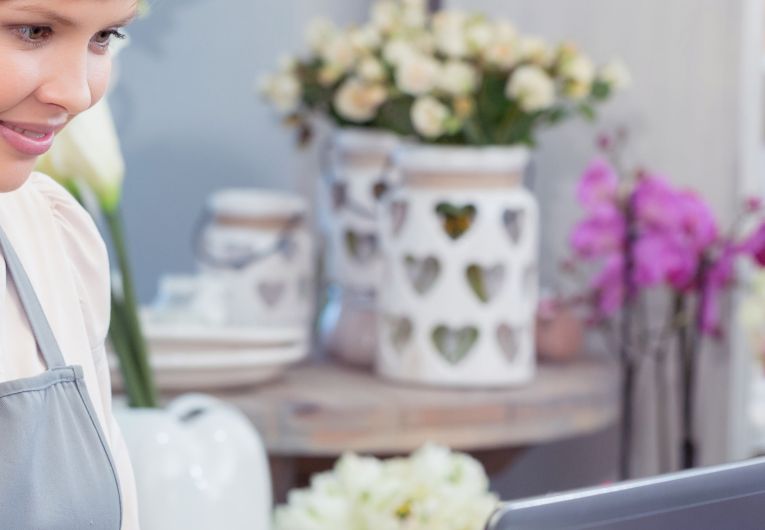
Interior Design for a Retail Store
If you run a small retail business your square footage is probably limited. In fact, according to answers.com, the average retail mall shop runs about 1,200 square feet. In a space this size, it can be challenging to design an interior that showcases products while captivating shoppers to the point of making a purchase. But it can be done. The following tips show you how.
Choose a floor plan that fits your business
There are three basic floor plans in retail, the grid, the loop and the free form.
Some features and benefits of each are highlighted here:
Grid – by dividing up your sales floor into like spaces for racks and kiosks, it maximizes the amount of merchandise you can display. A slight downside is that the grid can make it difficult for customers to move from one area to another. The upside to this, however, is that it forces customers to move past merchandise they might want to buy.
Loop – as the name implies, this layout creates a clear path around the center of the store that’s flanked by merchandise. The loop lets customers move freely and trail off the beaten path if they see something they like. The loop can be circular, oval, rectangular, square – any shape that accommodates the dimensions of your sales floor.
Free Form – no rules apply here other than the rule that allows you to be as creative as possible in your layout. Some small business retailers love the idea, while others find it daunting. If you fall into the latter category, it doesn’t mean you can’t choose this layout. You may just want to enlist the help of a retail designer.
Fact: Ninety percent of all customers walk to the right when entering a store. Be sure to spotlight your best merchandise to that side of the store.*
Make an excellent first impression
The minute a customer enters your store, he or she is judging based on looks. To ensure this ‘blind date’ leads to a long and gratifying relationship, pay special attention to what retailers call the decompression zone – the first ten feet of space up front. It’s where customers transition inside, where an attractive display can send an inviting message.
Know the tricks
A good layout and a good first impression are a good start. However, there are other tricks to making your retail space a designer’s – and customer’s – dream.
• Create the illusion of space
Use neutral colors for walls so that more colorful merchandise stands out. If you must use color, create a power wall using a contrasting hue where top merchandise or interesting decorative items can be displayed. If you have walls or partitions, use faux windows and mirrors to open things up.
• Expand upward
If you’re pressed for floor space, use columns or walls as floor-to-ceiling display areas. Or use the spaces as ‘brand reinforcement zones’ where images or objects that reflect your brand will stand out. For instance, if you sell vintage clothing, display framed images of past generations wearing the garments you sell.
• Add virtual space with online and social media
Creating a space or kiosk where customers can look at your online catalogue will allow them to see merchandise you don’t have room to display. If this isn’t possible, use signage to encourage customers to shop online or follow you on social media.
Creating the right retail space can be gratifying on every level. Follow these steps and see how successful you can be. For examples of innovative retail design, visit ‘Winning in Small Spaces’ on Pinterest.
*The Art of the Layout: Everything You Need to Know About the Science of Store Design
by Rich Kizer & Georganne Bender
The trends, insights, and solutions you need to grow your business.
By signing up, you’re subscribing to our monthly email newsletter, The
Wire. You may unsubscribe at any time.
Your information stays safe with us. Learn more about our privacy
policy.











![[#MSP_NAME#] Logo](/themes/sparklight_business/images/transition-logos/migration-banner-logo-[#MSP_CD#].png)
